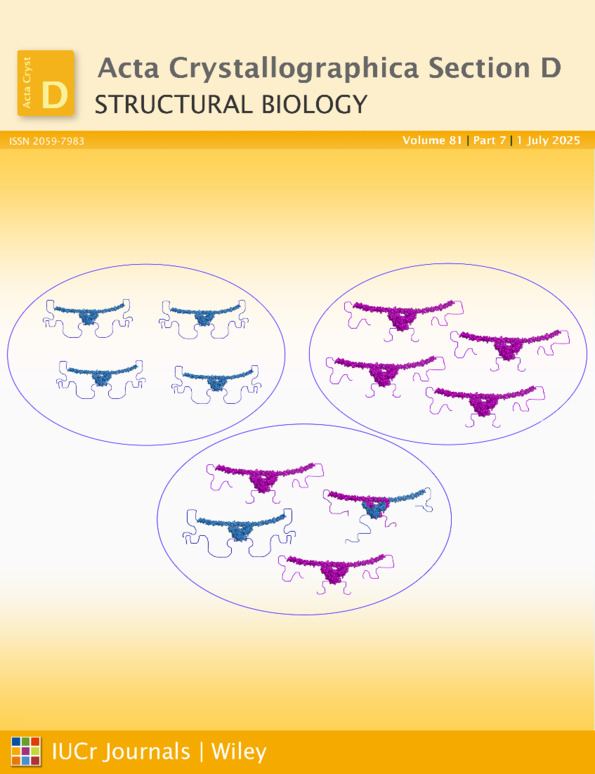Crystallization of an anti-factor IX antibody and its complex
Abstract
Initiation, propagation and regulatory processes of blood coagulation occur at the cell surface. During blood coagulation, many coagulation factors are anchored onto cell-surface membranes through their N-terminal carboxyglutamic acid-rich (Gla) domains found on such vitamin K-dependent blood coagulation factors as factors VII, IX, X, prothrombin, factors C and S. 10C12 is a conformation-specific calcium-dependent anti-factor IX antibody, which is directed at the calcium-stabilized Gla domain and interferes with factor IX–membrane interaction. In a variety of animal models, 10C12 has been demonstrated to be effective anticoagulant in attenuating thrombosis without severe bleeding. The crystallization of the Fab fragment of 10C12 and its complex with the Gla domain of human factor IX was not trivial. Here, the crystallization conditions and unusual aspects of this crystallization process are reported.




